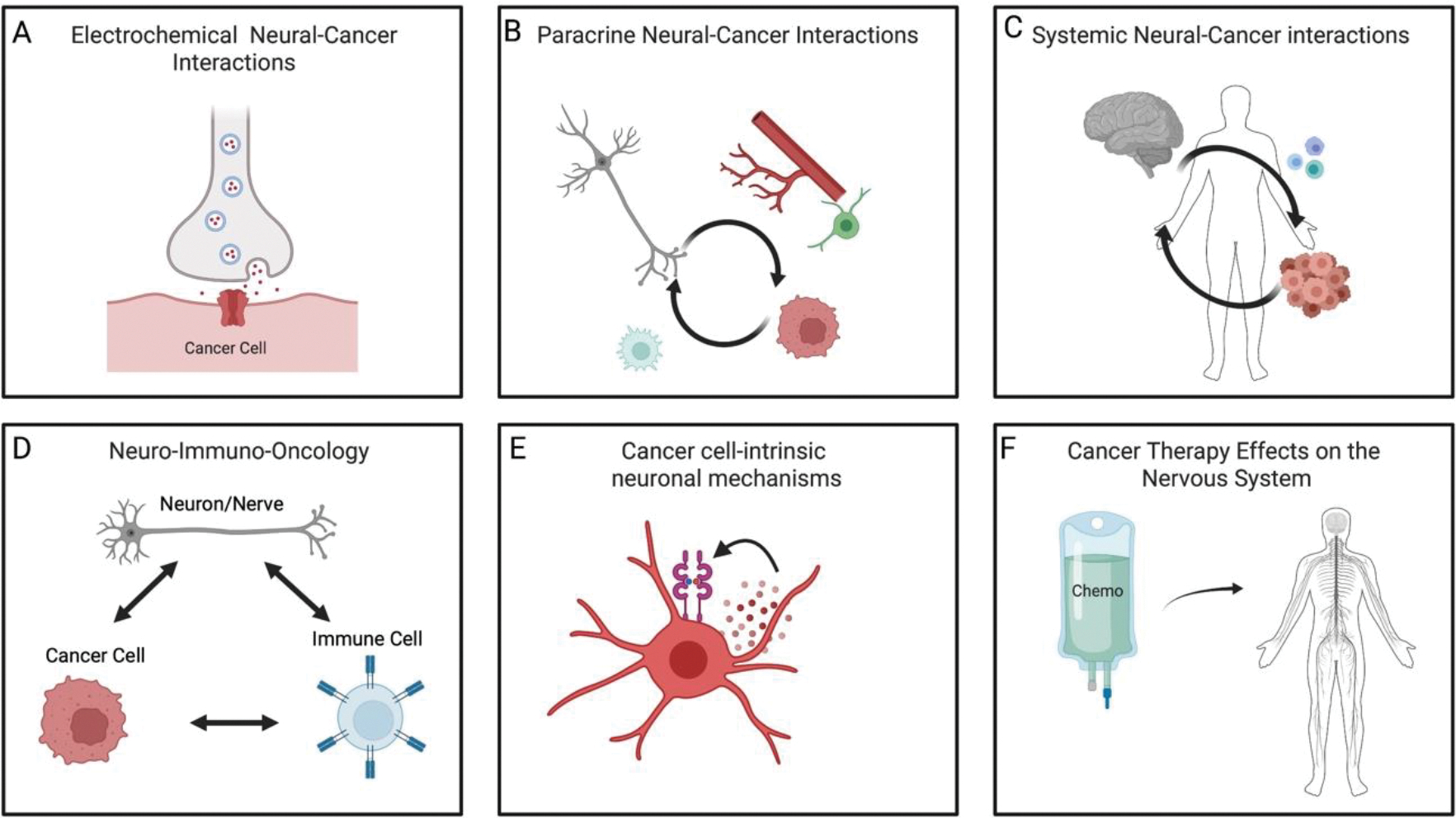Figure 1: Mechanisms of nervous system-cancer interactions.

The nervous system (grey) and cancer (red) interact in at least six ways. A) electrochemical interactions, including bona fide neuron-to-cancer synapses. B) Paracrine interactions from neurons/nerves to cancer cells, directly or through signaling with cells in the tumor microenvironment (green stromal cell and red blood vessel shown). In turn, cancer cells often secrete signaling molecules such as synaptogenic factors or axonogenic factors that locally remodel the nervous system to augment nervous system-cancer interactions. C) Systemic nervous system-cancer interactions, such as circulating neurotransmitters or neuropeptides that can influence cancer pathogenesis directly or indirectly such as through altered immune system (blue) function. Reciprocally, cancers can influence the nervous system at a distance through circulating factors or altered afferent neural signals. D) Three-way interactions between neurons or nerves, cancer cells, and immune cells can modulate anti-cancer immunity and pro-cancer inflammation. E) Cancer cells may leverage cell-intrinsic signaling and other processes classically associated with neural cells. For example, autocrine neurotrophin signaling is illustrated. F) Cancer therapies (chemotherapy, green) can profoundly alter nervous system function, including impaired function of various types of peripheral nerves and impaired cognitive function.
